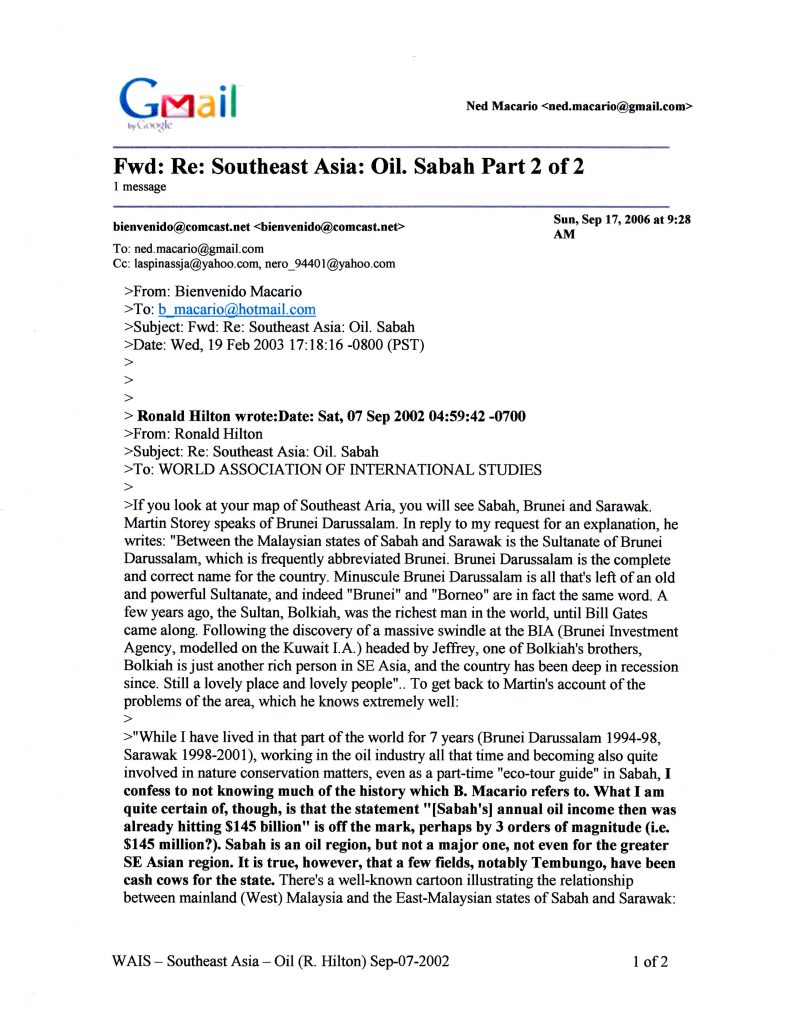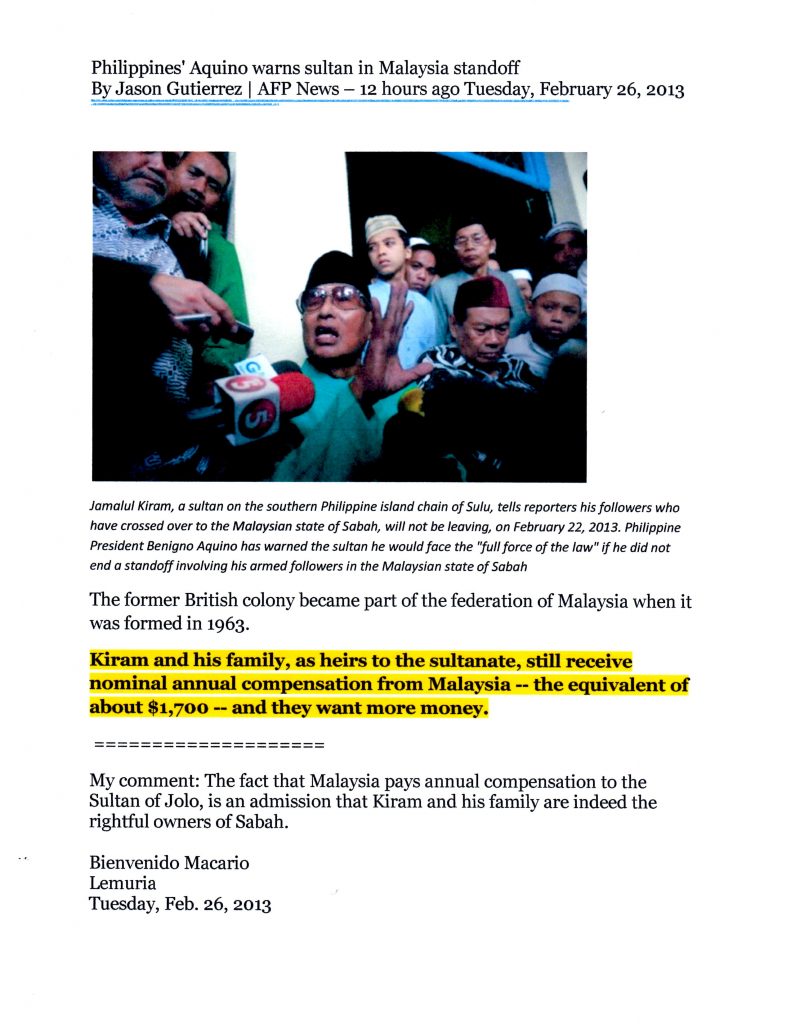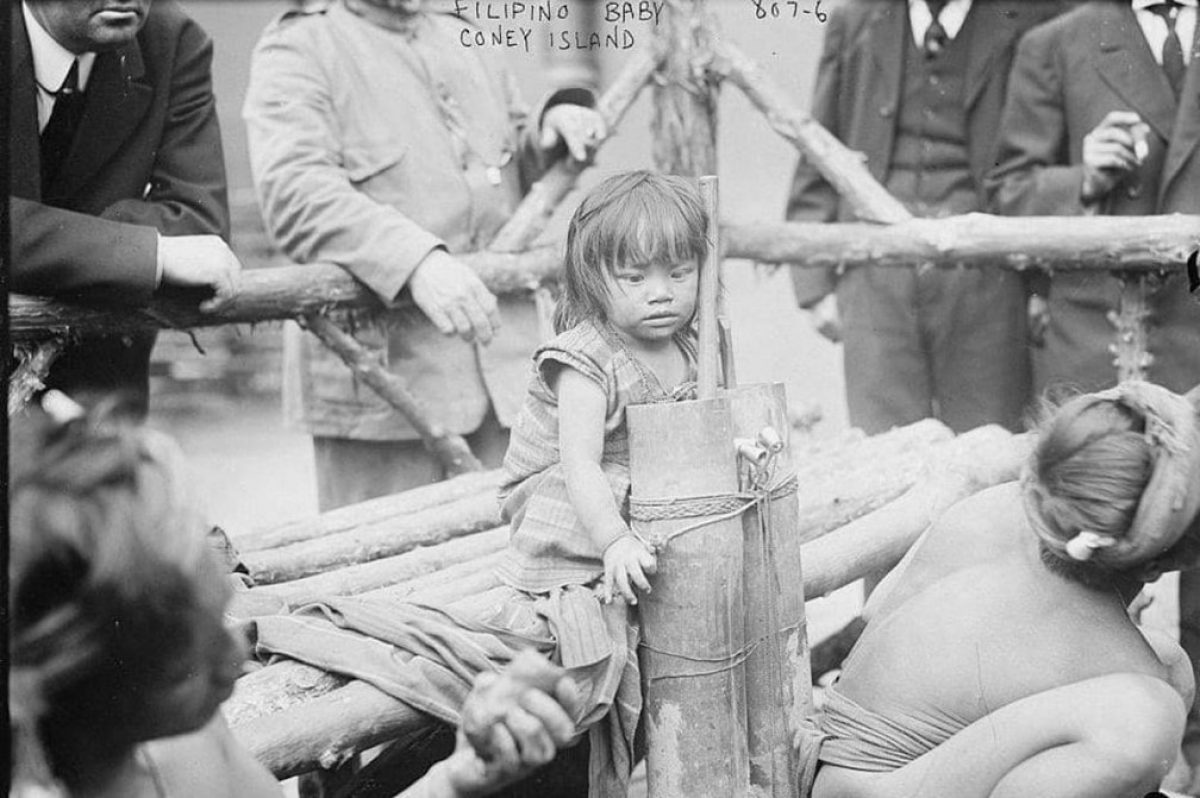Note: WAISer Martin Storey earned his BS from Stanford and MS from Caltech. Here’s his website: https://au.linkedin.com/in/martincstorey
Martin Storey
============
>From: Bienvenido Macario
>CC: macario@stanfordalumni.org
>Subject: Fwd: Southeast Asia: Oil
>Date: Wed, 19 Feb 2003 11:33:42 -0800 (PST)
> Ronald Hilton wrote: Date: Thu, 05 Sep 2002 04:35:52 -0700
>From: Ronald Hilton
>Subject: Southeast Asia: Oil
>To: WORLD ASSOCIATION OF INTERNATIONAL STUDIES
>Bienvenido Macario sends abundant information about Southeast Asia. I have selected one item as especially important in view of our discussions of the world struggle for oil. Martin Storey is especially well qualified to comment on this, and I hope he will do so. For the full text, see the attachment. Here is the key opening section:
>BEHIND THE SABAH CONTROVERSY
>Wednesday, September 04, 2002
>Inflamed by the mass deportation of Filipinos from Malaysia last week, the Sabah controversy is a string of disturbing circumstances beyond the issue of proprietary rights, and of transition developments that make frontpage discussion on the neighborhood conflict misleading or off the mark.
>While it is clear that Sabah belongs to the Sultanate of Sulu represented by the Kirams as explained in this space last Monday, their strong successionary rights to recover the oil-rich property is weakened by wrong legal move. It has been also hampered by transition political intervention and economic greed.
>How the Kirams should directly repossess Sabah- using the Sultanate’s sovereign right, not their private ownership right through official proxy initiative – is their own call that requires taking the bull by the horns. The claimants should stick to historical facts en route to deciphering why Malaysian Prime Minister Mahathir Mohamad turned into an importunate Sabah grabber and what unseen hands in global power domination are up to. To effectively get into the ball, take the following:
> > ATTACHMENT part 2 application/msword name=Sabah Controversy – Plaintiff Brief – Philippines.doc; x-mac-type=42494E41; x-mac-creator=4D535744 Your comments are invited. Read the home page of the World Association of International Studies (WAIS) by simply double-clicking on: http://wais.stanford.edu/
>E-mail to hilton@stanford.edu. Mail to Ronald Hilton,Hoover Institution,Stanford,CA94305-6010. Please inform us of any change of e-mail address.
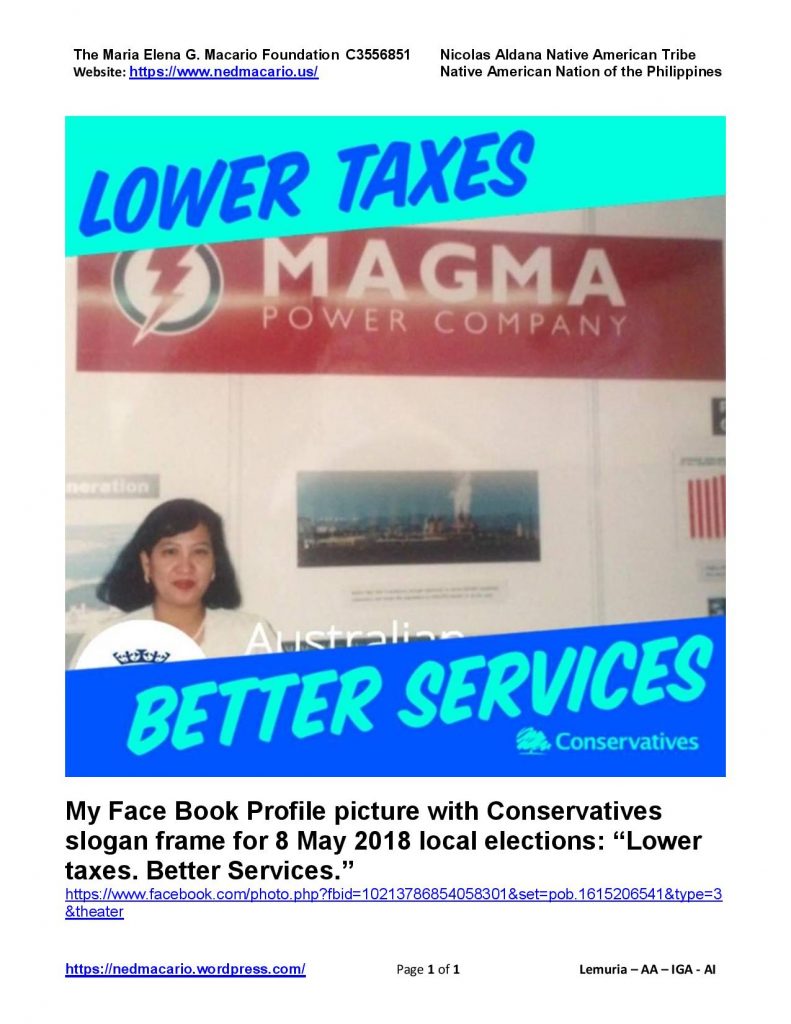
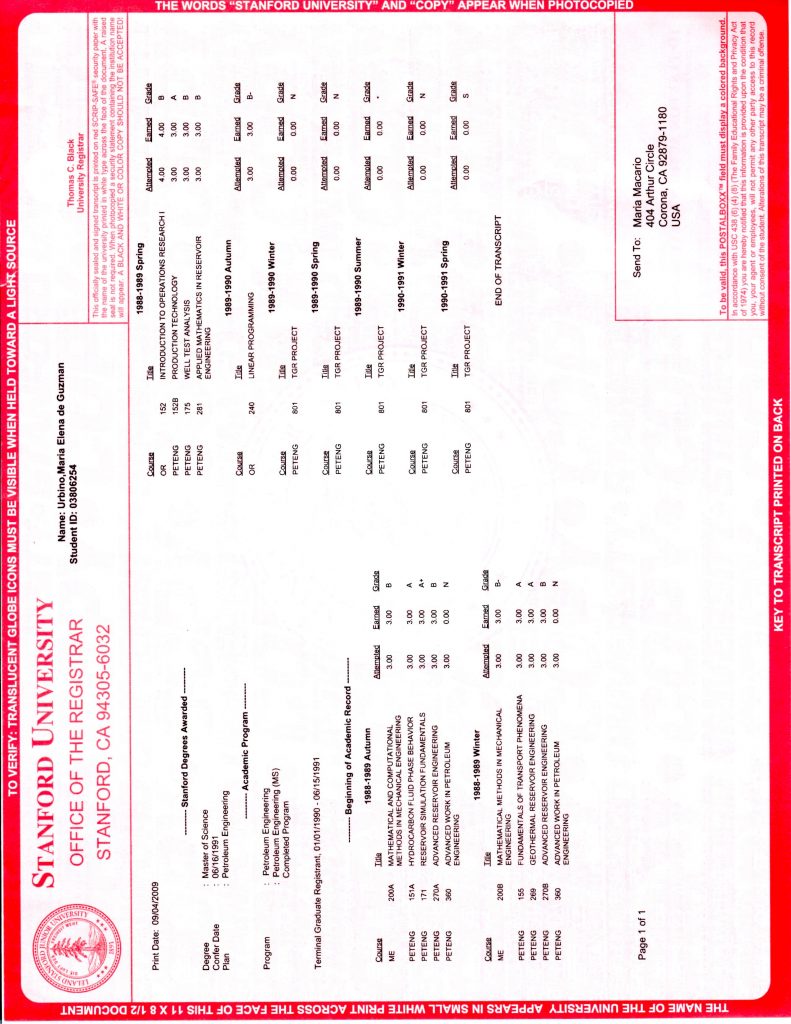
The $145 Million Claim Over the Oil Fields of Sabah Part 2
From: Bienvenido Macario
Subject: Fwd: Re:Southeast Asia: Oil.Sabah
Date: Wed, 19 Feb 2003 17:18:16 -0800 (PST)
Ronald Hilton wrote:Date: Sat, 07 Sep 2002 04:59:42 -0700
From: Ronald Hilton
Subject: Re:Southeast Asia: Oil.Sabah
To: WORLD ASSOCIATION OF INTERNATIONAL STUDIES
If you look at your map of Southeast Aria, you will seeSabah,BruneiandSarawak. Martin Storey speaks of Brunei Darussalam. In reply to my request for an explanation, he writes: “Between the Malaysian states of Sabah and Sarawak is the Sultanate of Brunei Darussalam, which is frequently abbreviated Brunei. Brunei Darussalam is the complete and correct name for the country. Minuscule Brunei Darussalam is all that’s left of an old and powerful Sultanate, and indeed “Brunei” and “Borneo” are in fact the same word. A few years ago, the Sultan, Bolkiah, was the richest man in the world, until Bill Gates came along. Following the discovery of a massive swindle at the BIA (Brunei Investment Agency, modelled on the Kuwait I.A.) headed by Jeffrey, one of Bolkiah’s brothers, Bolkiah is just another rich person in SE Asia, and the country has been deep in recession since. Still a lovely place and lovely people”.. To get back to Martin’s account of the problems of the area, which he knows extremely well:
“While I have lived in that part of the world for 7 years (Brunei Darussalam 1994-98, Sarawak 1998-2001), working in the oil industry all that time and becoming also quite involved in nature conservation matters, even as a part-time “eco-tour guide” in Sabah, I confess to not knowing much of the history which B. Macario refers to. What I am quite certain of, though, is that the statement “[Sabah’s] annual oil income then was already hitting $145 billion” is off the mark, perhaps by 3 orders of magnitude (i.e. $145 million?). Sabah is an oil region, but not a major one, not even for the greater SE Asian region. It is true, however, that a few fields, notably Tembungo, have been cash cows for the state. There’s a well-known cartoon illustrating the relationship between mainland (West)Malaysia and the East-Malaysian states of Sabah and Sarawak: a fat cow is standing with fat cats milking it for all it’s worth in the mainland…
Sabah is as far as a state gets from the mainland, and as such, is as lawless asMalaysiagets (recall the hostage capture in the famous diving resort of Sipadan, a couple of years ago). Even in the capital Kota Kinabalu, there’s a large “red district” which is completely off-limit to the law, populated mainly by illegal filipinos, many of whom, I suspect, live from smuggling, dynamite-fishing, and pirating. Relatively few people inSabahare Muslims – most native Sabahans have names taken straight from the Bible or the calendar (e.g. “New Year”…). I am aware of many problems linked to poverty in the cities (KK,Sandakan, and Lahad Datu for instance), including the very visible fuel and glue sniffing, prostitution, and crime; there are extremist
Christian sects which can have spooky thoughts (apparently a Jonestown-type of event was averted at the 11th hour at the end of 1999). But mostly, people are busy surviving, and I am not aware of widely spread nationalistic movements, certainly none claiming any brotherhood with the filipinos (filipinos are brothers of sorts, but they have big problems of their own, which Sabahans certainly want no part of). People dislike the central power, and for good reason, but are proud to be Malaysians (yet prouder to be of their tribal group, e.g. the Dusuns). I don’t have the figures, but I suspect that oil palm, perhaps logging, and perhaps tourism, are bigger businesses than the oil business inSabah. If you’re looking for villains, look at the logging companies: year after year, they claim new cut records, even though all logging is now forbidden inSabah…
Do visit Sabah: Turtle Island where green turtles lay eggs every night of the year; Sukau and the Kinabatangan River, the one place in the world where one can reliably see proboscis monkeys every day, as well as wild orang-utans and rhinoceros hornbills; Sepilok, the original big ape rehab center, founded by German archeologist Barbara Harrison; Mount Kinabalu, the highest mountain in SE Asia; Kota Kinabalu and its leasurely islands; the Crocker range where, with luck, you may see “the world’s largest flower”, the meter-diameter Rafflesia. And as often in places where people have little wealth, most people are extremely friendly and hospitable.
My footnote: Martin is a rare combination: an oil specialist, a nature lover and conservationist, and a humanitarian. “Green turtles lay eggs every night of the year”! What a life! Caribbean turtles should follow their example.
Your comments are invited. Read the home page of the World Association of International Studies (WAIS) by simply double-clicking on: http://wais.stanford.edu/
E-mail to hilton@stanford.edu. Mail to Ronald Hilton,Hoover Institution,Stanford,CA94305-6010. Please inform us of any change of e-mail address.
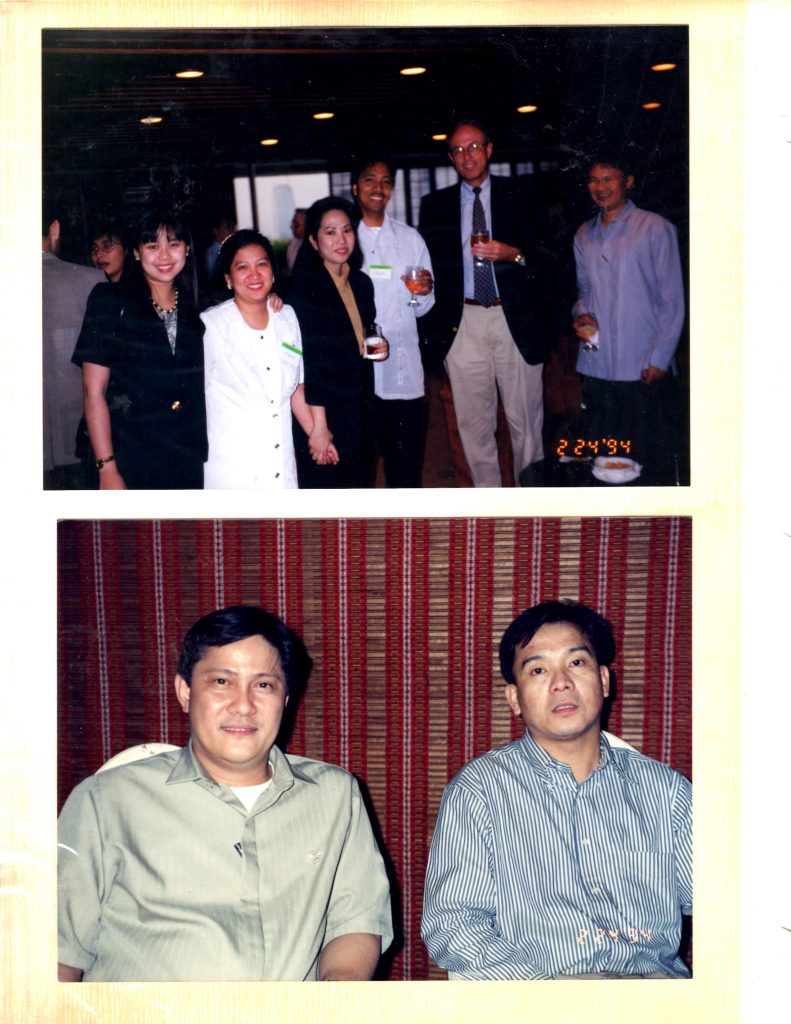
Bottom: Jojo Palma (left) and Ned Macario after Workshop at Nikko Manila Gardens Hotel, Makati, Philippines

